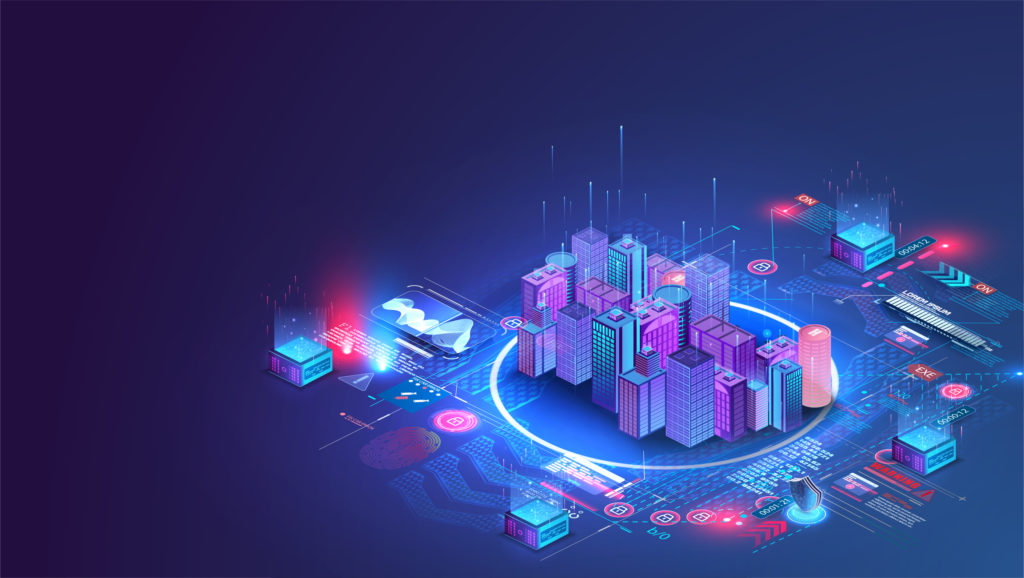Autonomous vehicles (AVs) are quickly picking up speed, but they remain an expensive luxury for a select few. A team of researchers in Hong Kong, however, is developing a system to merge autonomous vehicles with the “shared economy” concept that could help expedite their use—and accessibility—among the general mass public.
The researchers propose the Autonomous Vehicle Public Transportation System (AVPTS), which leverages autonomous vehicles—self-governing, computer controlled vehicles that require no human interaction to get from one destination to another—to build a completely driverless public transportation system. The system would be composed of two components: a control center and a fleet of autonomous vehicles. The process is similar to Uber or Lyft, where a user submits a transportation request via a mobile app, and the request is acted upon by a roaming vehicle. But without drivers, the request is processed via the control center, which acts as the brain. Thanks to advanced communication technologies, the control center can instantaneously transmit instructions to the AVs, while receiving information on the location of the AV, traffic congestion, etc. After the autonomous vehicle receives proper instructions, the fleet completes the request.
Unlike services such as Uber and Lyft, however, the system would be public and payment would remain as cheap as a bus ticket, both possible due to ridesharing capabilities. Ridesharing was incorporated to determine a route for an autonomous vehicle that could accommodate multiple transportation requests. Additionally, it would offer the benefits of AVs compared to traditional vehicles, such as being able to automatically leverage road data and increase safety. But unlike current public transportation with set schedules and multiple stops, the AVs can respond live to custom user demands and road conditions, ultimately improving traffic congestion.
In other words, the Autonomous Vehicle Public Transportation System could become a new business model for public transportation systems utilizing the latest autonomous vehicle technology, an idea already in the works with Tesla.
“The autonomous vehicles, communication technologies, cloud computing for the control center, and mobile apps are all currently available for the system to work,” said Albert Lam, research assistant professor, University of Hong Kong. “The Autonomous Vehicle Public Transportation System could be implemented right now, pending government approval.”
Despite a relatively simple concept, the team had to address two complicated problems in its research: scheduling and admission control. With the intricacies that an autonomous vehicle system allows, scheduling is incredibly important. Scheduling includes assigning AVs to the transportation requests, determining the exact routes to take, the time it takes for an AV to travel to the assigned requests and monitoring gasoline needs, all while minimizing total operational costs. Admission control is all about screening requests to maximize profit. For example, a route from San Francisco to New York City would be a non-admissible request.
In order for scheduling and admission control to work simultaneously and cohesively, the researchers used various models and algorithms. The image below represents the operational flow of the request system made possible by these algorithms.

“Scheduling and admission control computations are fast,” said Lam. “In practice, the system would require a high performance computer that could calculate hundreds of requests within seconds.”
If deployed, this system could give public transportation systems some much-needed “street cred” with its ability to support driverless, on-demand, point-to-point services with high throughput, high flexibly, and low cost.
Read more about autonomous vehicles and public transportation systems at IEEE Xplore.





